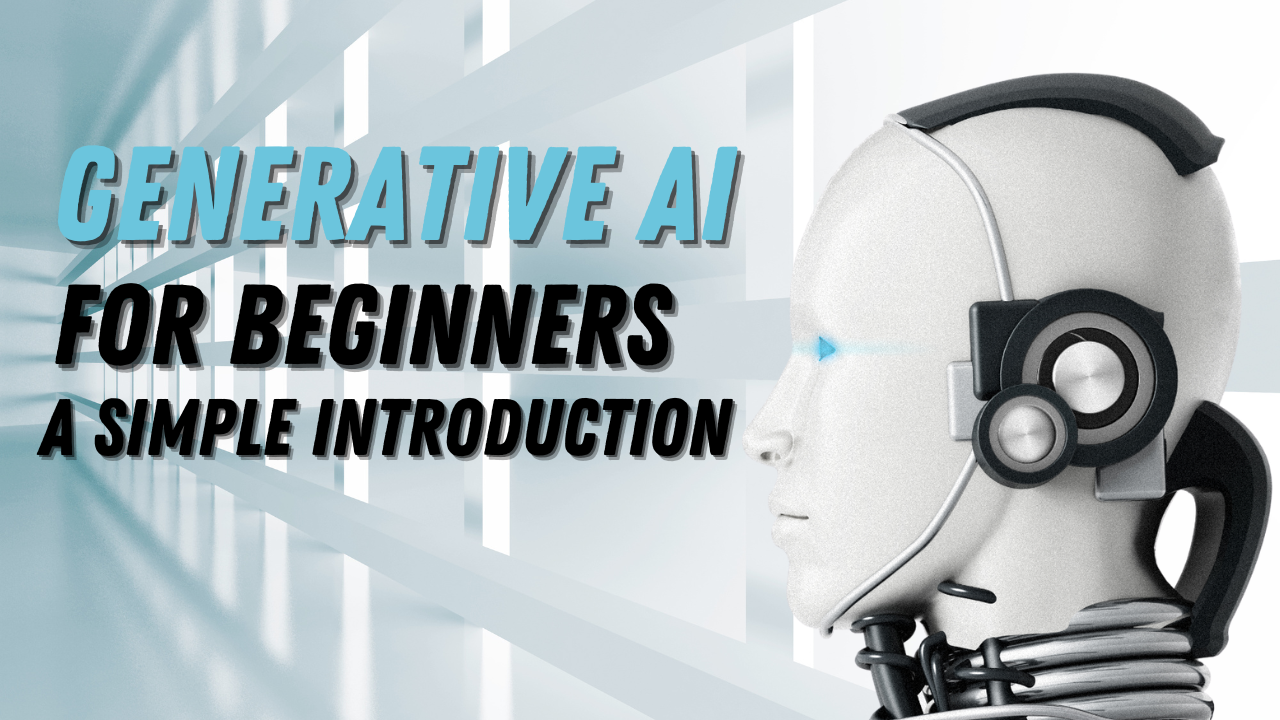1. Introduction to Generative AI
What is Generative AI?
Generative AI is a kind of artificial intelligence. It makes new things like pictures, music, or text from existing data. Unlike regular AI that just sorts or predicts things, Generative AI creates new stuff.
Why Is It Important?
Generative AI is changing many fields. It helps make new content, automates design, and boosts creativity. It’s now an important tool in entertainment, healthcare, and art.
2. How Generative AI Works
Basics of Machine Learning and Neural Networks
Machine Learning: This is used to guide computers to learn data and make their own decision.
Neural Networks: These are like the human brain. They have layers of nodes (called neurons) that process data.
Key Algorithms in Generative AI
GANs (Generative Adversarial Networks): It uses two networks. One create new data (the generator), and other checks if it’s real (the discriminator).
VAEs (Variational Autoencoders): These models learn data from patterns and use them to create new data.
Training Process
To train Generative AI, we give it a lot of data. The AI studies this data and then makes new content that looks like the original data. It gets better with each round of training.
3. Key Uses of Generative AI
Creating Content
Generative AI write articles, create pictures, compose music, and make videos. It can even turn text descriptions into images.
Art and Design
Artists and designers use Generative AI to create new art, design products, and try new ideas. It helps them do repetitive tasks faster and come up with fresh designs.
Healthcare and Medicine
Generative AI helps find new drugs by creating possible drug molecules and testing their effects. It also helps make personalized treatment plans and improve medical images.
Virtual Assistants and Chatbots
Generative AI makes virtual assistants and chatbots smarter. They can have more human-like conversations and understand user questions better.
4. Getting Started with Generative AI
What You Need to Know
To start with Generative AI, you need some basic programming skills (Python is common), and a little knowledge of machine learning and neural networks. Knowing some math like algebra, probability, and statistics helps too.
Popular Tools
- TensorFlow: A tool made by Google for machine learning.
- PyTorch: A tool made by Facebook for AI research.
- Keras: A simple tool that works with TensorFlow and other AI tools.
Easy Tutorials and Resources
- Online Courses: Sites like Coursera and edX have courses on machine learning and AI.
- YouTube Channels: Channels like 3Blue1Brown and Sentdex offer good tutorials.
- Online Communities: Join forums like Reddit’s r/MachineLearning and Stack Overflow to ask questions and learn from others.
6. Future of Generative AI
New Trends
Generative AI is always getting better. New models like GPT-4 and DALL-E are making amazing new things possible.
Next 10 Years
In the future, Generative AI used in everyday life. It will keep getting better and help solve many problems.
Staying Updated
- Follow AI research papers and journals.
- Attend conferences like NeurIPS and ICML.
- Join online AI groups and discussions.
Conclusion
Generative AI is an fast-growing field. By learning the basics, you know how to used, and think about ethics, beginners can start their journey into this amazing world.

